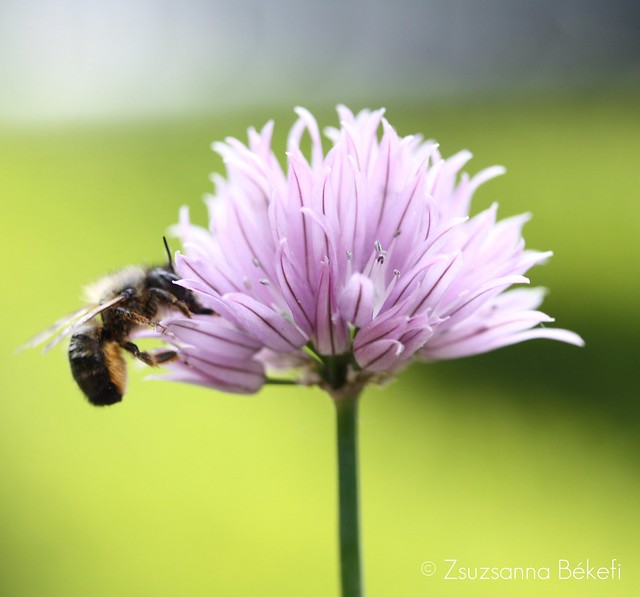
I found this great article about starting a kitchen garden on CSAHM, I think it's very good. The photo's are made by me in my own garden.
The benefits of gardening are many. Planting a vegetable garden gives us fresh food to enjoy during the summer and early fall, and we can preserve the extras to eat throughout the winter. And for kids, gardening is a fun and educational experience.

It’s a common misconception that you have to have lots of land to plant a garden. If you have a yard, you can plant a small garden outdoors. And even if you don’t, you can plant some of your favorite vegetables in a large pot. Here’s how.
Find an appropriate space for your garden. Ideally, it should receive at least eight hours of sun each day and have room for at least six square feet of planting space. It should also be close to the kitchen if possible for quick, as-needed harvesting.
Know how tall each crop will grow. The tallest ones should be planted in the center of your garden (or the back if it is located against a wall) so that they won’t shade the shorter ones.
Pay attention to how far apart crops should be placed. Some need several feet of space between them, while others only require a few inches. For best results, draw a diagram of your garden space to scale on graph paper and plan where you will plant each crop.
Start planting. You can find cheap gardening tools at your local dollar store that will work just fine for a kitchen garden.
Water your plants each day. Gardens planted in containers tend to dry out very quickly, so you may even need to water twice a day if they get full sunlight. Keep watering until water runs out of the drainage holes.

Fertilize your garden once every two to three weeks. Read directions carefully to avoid over fertilizing, as this can damage or kill plants.
There are many types of vegetables that you can plant in a container garden. Some of the most popular include tomatoes, leaf lettuce, summer squash, cucumbers, carrots, green onions and bell peppers. Herbs may also do well alongside vegetables. Try some basil, dill, parsley, thyme or tarragon.
Planting a garden is not an activity reserved for those who own a farm. Anyone can plant vegetables, as long as they are well suited to the area’s climate. With a small initial investment, you can have enough fresh veggies to last your family several months.












Gorgeous photos! Last week I planted peas, spinach, cucumbers, radishes and lots of herbs, among other things, to grow in my little balcony. :) Can't wait to see them grow!
ReplyDelete